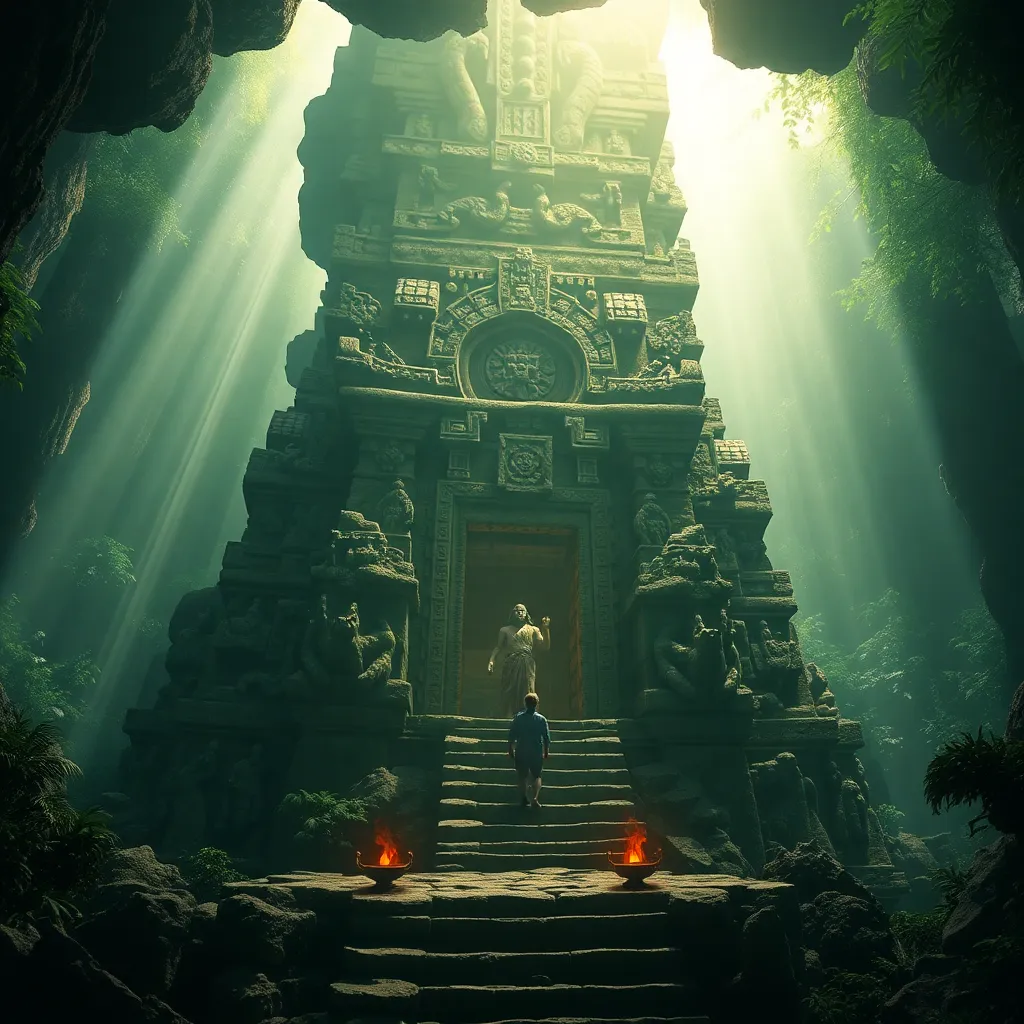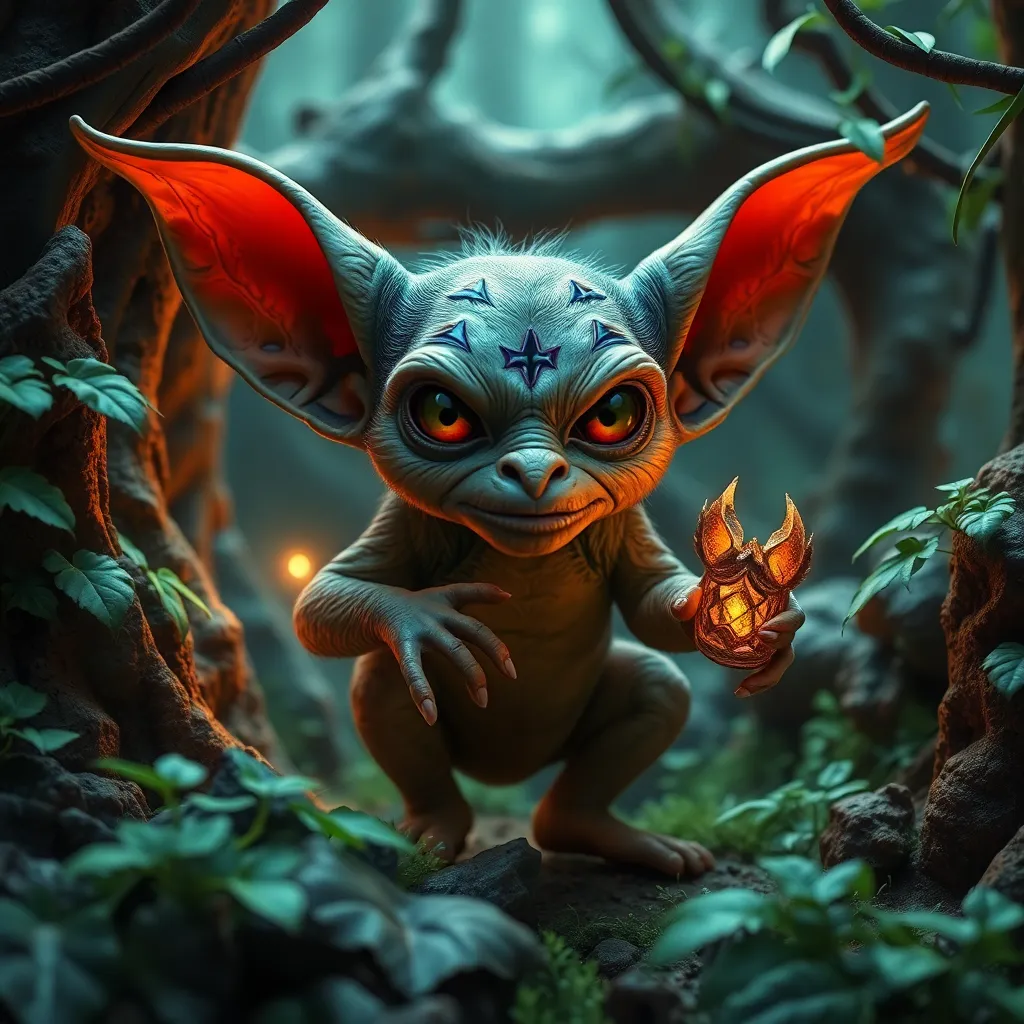Cipactli in Art: Exploring the Serpent’s Representation in Modern Artistic Expression
I. Introduction
Cipactli is a significant figure in Mesoamerican mythology, particularly within Aztec cosmology. Often depicted as a primordial serpent or crocodile, Cipactli is associated with creation and chaos, embodying duality and transformation in the universe. This article aims to explore modern artistic interpretations of Cipactli, showcasing how this ancient mythological figure continues to inspire contemporary artists.
Understanding the importance of mythological figures like Cipactli in contemporary art reveals the rich tapestry of cultural narratives that influence modern expression. Through various artistic mediums, artists reimagine these ancient stories, bridging the past and present.
II. Historical Context of Cipactli
The origins of Cipactli in Aztec mythology are deeply rooted in the creation stories that outline the universe’s formation. According to legend, Cipactli was the monstrous earth goddess who provided the materials for the creation of the world, emphasizing themes of chaos and order.
Symbolically, Cipactli represents:
- Creation: As a key figure in the birth of the world.
- Chaos: Reflecting the tumultuous nature of existence.
- Duality: Balancing opposing forces in the universe.
Traditional representations of Cipactli in ancient Mesoamerican art often depict it artistically in stone carvings, pottery, and codices, where intricate designs highlight its significance and power.
III. The Evolution of Cipactli’s Artistic Representation
Over time, the representation of Cipactli has evolved significantly. The transition from ancient to modern interpretations showcases how artists reinterpret traditional symbols in today’s context. Following the arrival of colonial powers, the depiction of Cipactli was influenced by European artistic styles, often diluting its original meaning.
However, there has been a resurgence of indigenous motifs in contemporary art, where artists embrace their heritage and reinterpret figures like Cipactli. This revival is characterized by a blend of traditional and modern techniques, reflecting the complexities of identity in a globalized world.
IV. Contemporary Artists and Their Interpretations
Several contemporary artists have focused on incorporating Cipactli into their work, each bringing unique perspectives and mediums to the table. Notable artists include:
- Yoshua Okón: Known for his video installations that explore themes of identity and culture.
- Rafa Esparza: A performance artist whose work often references indigenous mythology and history.
- María Elena Gonzalez: A sculptor who fuses traditional forms with contemporary materials.
These artists utilize diverse mediums such as painting, sculpture, and digital art to convey messages regarding cultural identity, resilience, and the interplay between ancient traditions and modern life. Through their works, they engage with themes of empowerment, history, and the reclamation of narratives that have long been marginalized.
V. Cultural Significance and Identity
The role of Cipactli in contemporary indigenous identity is profound. As artists draw on this figure, they reclaim their cultural heritage and challenge prevailing stereotypes. Modern representations serve as a powerful tool for expressing indigenous perspectives and asserting cultural pride.
Additionally, the impact of globalization on the perception of Cipactli in art cannot be understated. While globalization introduces new ideas and styles, it also poses challenges in preserving authentic cultural expressions. Artists strive to navigate these complexities, ensuring that their representations of Cipactli resonate with both local and global audiences.
VI. Case Studies of Notable Works
Examining specific artworks featuring Cipactli allows for a deeper understanding of its modern representation. One notable piece is:
- “Cipactli’s Awakening” by Yoshua Okón: This video installation juxtaposes traditional Aztec imagery with contemporary urban landscapes, highlighting the struggle between ancient heritage and modern existence.
In interviews, artists like Okón emphasize their intent to provoke thought and dialogue regarding identity, history, and the ongoing relevance of mythological figures in contemporary society. Audience reception has been largely positive, with many appreciating the fresh perspectives these works bring to traditional narratives.
VII. Future Directions in Cipactli Representation
Emerging trends in the portrayal of Cipactli in art suggest a continued evolution of this mythological figure. With advancements in technology and the rise of social media, artists have new platforms to express their interpretations, reaching wider audiences than ever before.
As art movements continue to evolve, predictions indicate that Cipactli’s representation will further integrate contemporary issues such as environmentalism, social justice, and cultural preservation. Artists may experiment with virtual reality and interactive installations, allowing audiences to engage with Cipactli in innovative ways.
VIII. Conclusion
In summary, the modern representation of Cipactli reveals key insights into the enduring legacy of mythological figures in art. As artists continue to explore and reinterpret these ancient narratives, they contribute to a rich dialogue about culture, identity, and resilience.
It is essential to further explore and appreciate indigenous art forms, recognizing their significance in shaping contemporary artistic expression and cultural understanding. The journey of Cipactli from ancient mythology to modern art exemplifies the power of storytelling, creativity, and the unbreakable link between the past and present.



